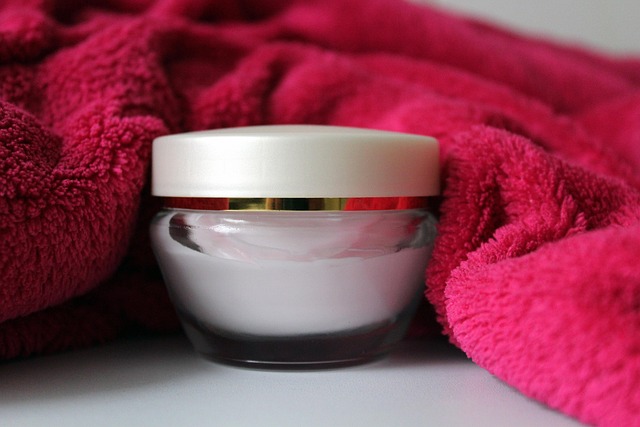Skin tags, caused by friction, clothing irritation, genetics, or hormonal changes, can be removed naturally with vinegar in Leeds. This guide offers two simple, at-home methods using white vinegar diluted with water or undiluted directly applied with a cotton ball, after testing for irritation. Regular application over several weeks helps soften and dissolve skin tags. Ideal for cost-effective, non-invasive Tag Removal Leeds solutions to avoid medical procedures or chemical creams.
Looking for a natural solution to remove skin tags in Leeds? This guide explores an effective home remedy using vinegar. Skin tags, small, harmless growths, can be unsightly and irritating. While removal options exist, including professional treatments in Leeds, vinegar offers a cost-effective, non-invasive alternative. This article delves into the science behind vinegar’s effectiveness, its benefits, and provides a detailed step-by-step guide for safe, at-home tag removal.
- Understanding Skin Tags and Their Causes
- The Benefits of Using Vinegar for Tag Removal
- Step-by-Step Guide to Safe and Effective Skin Tag Removal with Vinegar
Understanding Skin Tags and Their Causes
Skin tags, also known as acrochordons, are small, soft skin growths that typically appear in areas where skin rubs against itself, such as the neck, armpits, or groin. They are generally harmless and often go unnoticed, but some individuals may find them unsightly or uncomfortable. Understanding their causes is essential when considering tag removal options, especially for those seeking Tag Removal Leeds.
The primary cause of skin tags is friction and constant irritation. This can result from clothing rubbing against the skin, hair follicles trapping skin, or simply due to genetics, as some people are more prone to developing them. Hormonal changes and certain medical conditions, like diabetes, can also increase the likelihood of skin tag formation.
The Benefits of Using Vinegar for Tag Removal
Using vinegar for tag removal offers a natural and potentially cost-effective solution for those seeking relief from skin tags in areas like Leeds. It’s an ancient remedy with numerous benefits, particularly its antimicrobial and anti-inflammatory properties. These qualities make vinegar effective in cleaning and healing the skin, which is crucial when removing tags caused by friction or skin irritation.
Additionally, vinegar acts as a gentle exfoliant, helping to shed dead skin cells and promote cell turnover. This process can aid in the natural disappearance of tags over time. Its acetic acid content helps dissolve the keratin that forms these skin growths, making it a promising at-home treatment for those looking to avoid medical procedures or chemical creams for Tag Removal Leeds.
Step-by-Step Guide to Safe and Effective Skin Tag Removal with Vinegar
Removing skin tags at home is a common request, especially for those looking for a cost-effective and non-invasive option in Tag Removal Leeds. Vinegar, a household staple, has gained popularity as a natural remedy for this purpose. Here’s a step-by-step guide to ensure a safe and effective treatment:
1. Prepare a mixture of equal parts white vinegar and water. Soaking the affected area in this solution for 15-20 minutes daily can help soften the skin tags. After soaking, gently exfoliate the area with a soft cloth or loofah to remove any dead skin.
2. For more persistent tags, try applying undiluted vinegar directly to the tag using a cotton ball. This method may cause slight irritation, so test it on a small, less visible area first. Leave the vinegar on for up to 30 minutes, then rinse and pat dry. Regular application over several weeks can lead to the gradual disappearance of the skin tags.
Skin tags can be unsightly and uncomfortable, but using vinegar for their removal offers a simple, safe, and cost-effective solution. The acetic acid in vinegar helps dissolve the protein in skin tags, facilitating their gentle shedding. For those seeking effective tag removal in Leeds or anywhere else, this natural method provides an accessible option with minimal risk of side effects. Remember, consistency is key; regular applications can help eliminate these skin remnants. Always consult a dermatologist if concerns persist or for personalized advice tailored to your needs.
